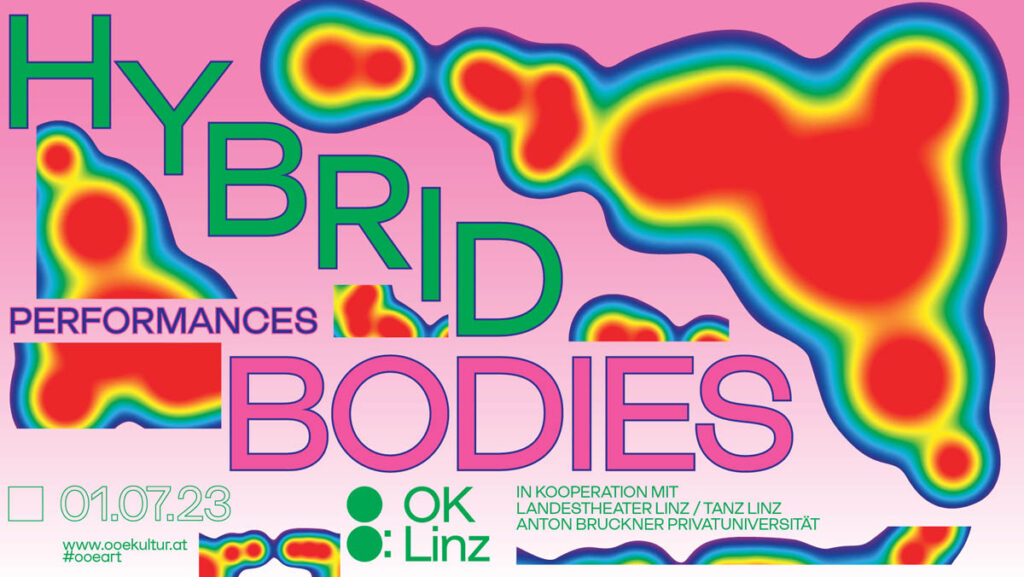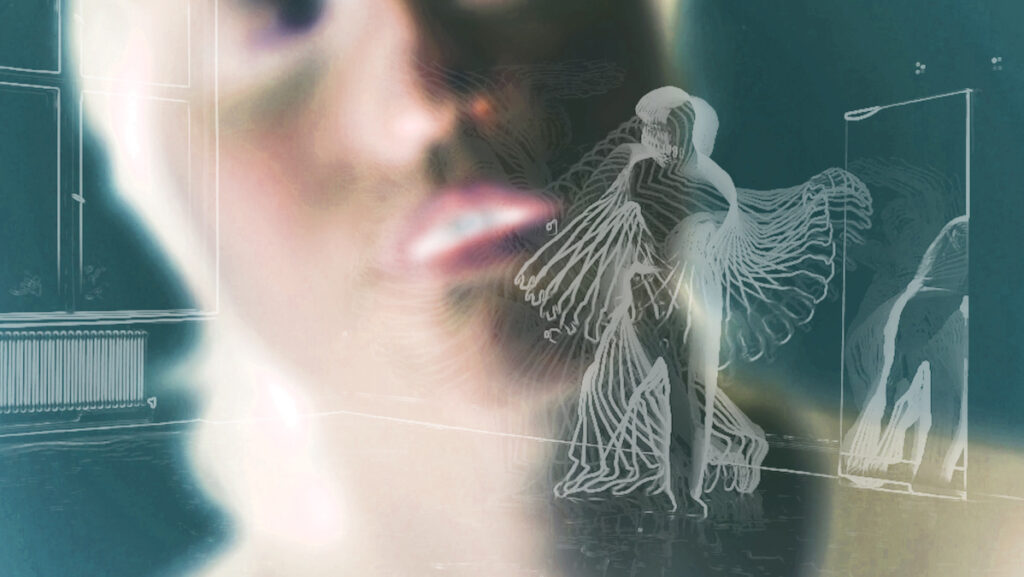Presently, he is actively involved in getting ready for upcoming exhibitions while also relishing the company of friends, fellow artists, and collectors in this familiar environment of studio. Showcasing artwork within such an intimate setting parallels the act of opening a door and granting people a glimpse into his artistic world.
Erka Shalari: Can you recall a significant comment or feedback you received during your time studying in Brera that had a profound impact on your thinking, understanding, progress, or decision-making?
Thomas Berra: The period of the academy was the first real moment of confrontation for my painting. I especially remember the engraving classes and my professor’s advice to focus on the details. The most important moment is when I left the academy. I never finished my studies. Never graduated. At some point it was as if that environment could no longer convey anything to me. Leaving my studies prompted me to focus on work.
ESH: What materiality have your canvases?
THB: Generally, I paint with acrylic and oil paint. I always use linen canvases and have convex frames made so that when the painting is hung it looks like it is taking a distance from the wall.
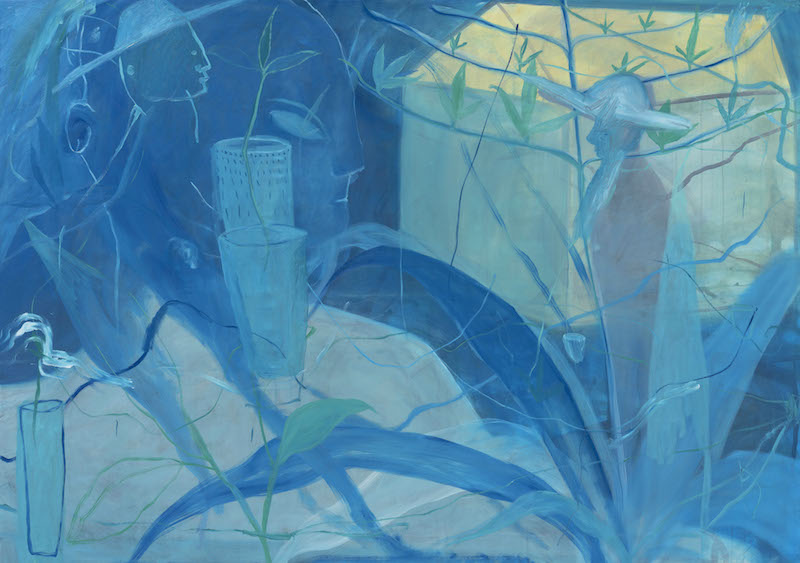
ESH: What is your current focus of work at the moment?
THB: I am working on the project that will go to Ca’ Pesaro for the November solo show. I work on several projects at once. I like to jump from one painting to another, in this way, I can detach my thoughts from a single subject.
I like to jump from one painting to another, in this way, I can detach my thoughts from a single subject.
ESH: Have you explored any artistic mediums beyond painting in your creative endeavours?
THB: I also work with ceramics, installations and performances. Although painting always remains my first love. The installation part is very important to my practice which very often involves painting on different media to work and bring spaces to life.
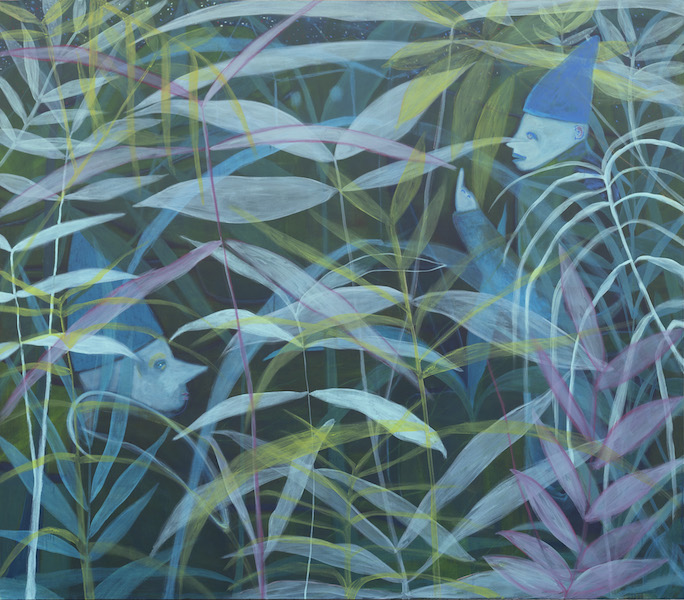
ESH: Can you elucidate a bit more about your performances?
THB: I start from the idea that painting is a performative act. The moment of creation encompasses all the elements of performance, there is body, there is mind, movement rapidity and stasis. There is music and life. I collaborated with several performers in Finland, with the band Hanais nun, during lapsody festival. One performance I created was related to story telling. The title was “Parlare d’amore con un piatto di pasta” („Talking about love with a pasta dish”). Through a two-day workshop, where I taught how to make fresh pasta and meat sauce, I told the love story of my grandparents. Mealtime as dedication and caring for each other. I love taking care of those around me. And I do it without expecting anything in return. Love is like a surrender. A capitulation. I have collaborated for several years in performance together with Tea Andreoletti, a fantastic person.
ESH: Is it more important to start or end something?
THB: Definitely „start“ because you never know how it will turn out!
ESH: What role does a studio have in one’s life?
THB: The studio space is crucial. For me it is a sacred place, where anything can happen. It is an environment of creation and destruction, a small personal universe.
ESH: How long have you been established in this studio, and how did you come across this particular space?
THB: It has always been. It is the space where everything was born and where everything will end. I have been around and changed many studios so far, but the one in Barlassina has an energetic power unlike any other. It always draws me back to it. This is because its walls are imbued with memory, of my family, loves, and friends. Each corner is a memory or an emotion. I would love to show it someday. Before it became my studio it was a warehouse. I think it was the space that chose me and not vice versa.
It is the space where everything was born and where everything will end.
ESH: Do you sometimes take time off from the atelier?
THB: Absolutely, there are weeks where I lock myself away to work. But when I’m not in the studio, I love to travel, see new things and meet people. My studio is isolated from Milan, so when I’m not working, I’m interested in visiting friends and seeing exhibitions. Eating in trattorias and drinking good wine!
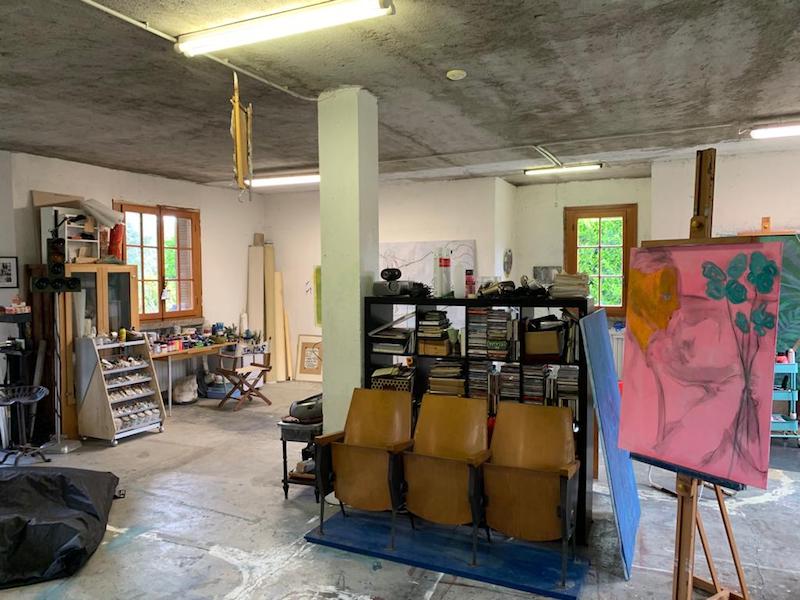
ESH: It is said that there is a book that has been of a very decisive role in your work. Do you still have it with you? (Referring to Gilles Clement).
THB: There are so many of books that have shaped my life. When I first read Gilles Clement’s “Elogio delle Vagabonde“ it was a thunderbolt; he talks about plants, grasses and shrubs reclaiming the world by starting from where they were driven out. It is a book about resistance, acceptance and preservation of diversity, cohabitation and tenacity. This book gave me the strength to focus on the plant subject, to see these forms no longer as mere decoration but as a message, a scream for love.
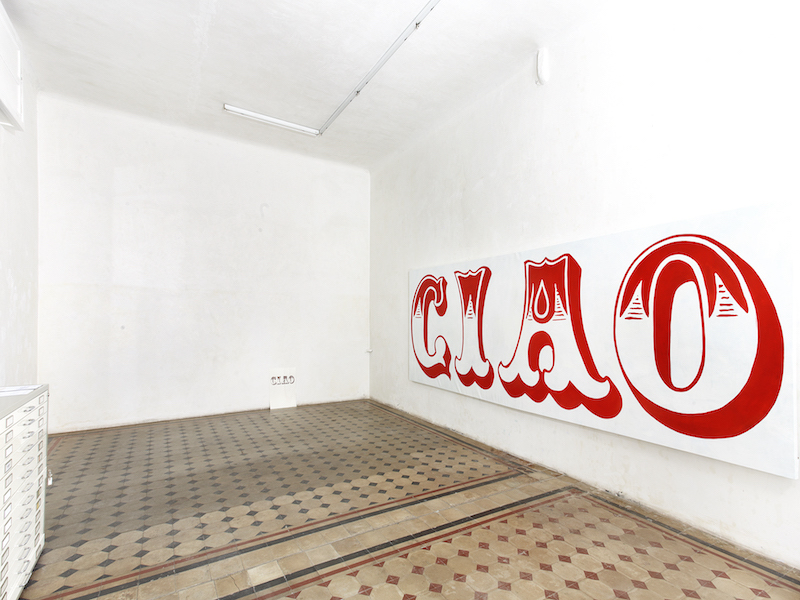
ESH: Painters of your generation that move you?
THB: Matteo Zinesi, Paola Angelini, Thomas Braida, Iva Lulashi, Panu Ollikainen, Valeria Carrieri, Luigi Presicce, Jimmy Milani, Antonio Fiorentino, Luca De Leva, Silvia Argiolas, Giuliano Sale. There are many others, these are some names.
ESH: A question that you pose each day to yourself?
THB: There are thousands of questions that occupy my mind every day. From the most mundane, like „What do I eat for lunch? Where do I park? Will it be cold?“ to the more complex ones, like „What does the future hold for me? Will I be able to maintain happiness today?”. I ask myself technical, existential questions. Silly questions and many times, questions that are not answered.
ESH: What if you actually live eternally, forever, you are never going to die?
THB: As for eternal life, for me it is a subject regarding the cosmos, while immortality is related to our materiality on earth. The artist is privileged in that after death his work lives on, thus becoming immortal. I am thinking about the work of Gino de Dominicis who based all his research on the concept of immortality.
Thomas Berra – https://www.unagalleria.com/THOMASBERRA





